Detecting Misfire And Knock Conditions
Knock sensors are mounted on the block near the base of the cylinder head.

Causes And Diagnostics Of Motor Mount Failure
Motor mounts fail for a variety of reasons. The first cause is mechanical fatigue. Every combustion cycle and firing, a little vibration is created. The vibration is transferred to the motor mount. Every time the driver hits the gas, the force generated at the crankshaft is transferred through the drivetrain and ends up at the tires. Making sure these components stay in place and transfer all the power are the engine and transmission mounts. These actions can cause rubber and metal to fatigue.
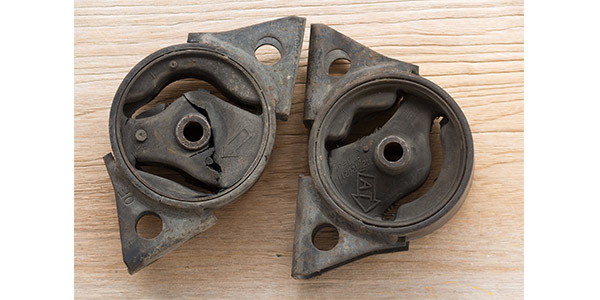
Motor Mount Logic
Engines have noticeably changed in the past decade. Fewer cylinders, more power at lower RPM and more vibrations able to be detected at idle are just a few of the differences of today’s engines.
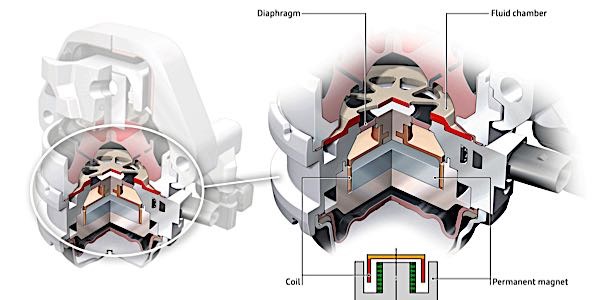
VIDEO: Motor Mounts And EVAP Codes
Andrew Markel shows how an EVAP code and a catalyst efficiency code are both related to weak motor mounts. Sponsored by Auto Value and Bumper to Bumper.
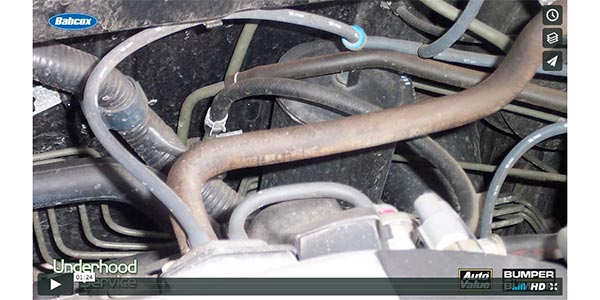
Motor Mount Replacement Tips
Back in the old days, spotting a failed motor mount was easy. The cooling fan hit the radiator shroud and the engine would move side-to-side as the engine was loaded. Today, it takes a little more time to spot a worn motor mount. Why? Because a modern motor mount might do more than just hold the engine in place.
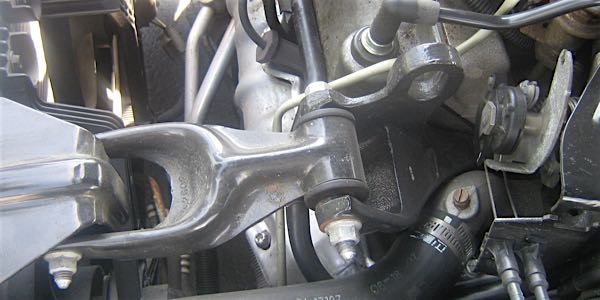
Diagnosing And Servicing Active Motor Mounts
For many years, auto makers relied on solid rubber motor mounts to support the engine. The natural flexibility in rubber allows the mounts to absorb vibration. However, if the rubber is too compliant, the engine may experience excessive motion under load that could stress and crack exhaust pipes and connections.
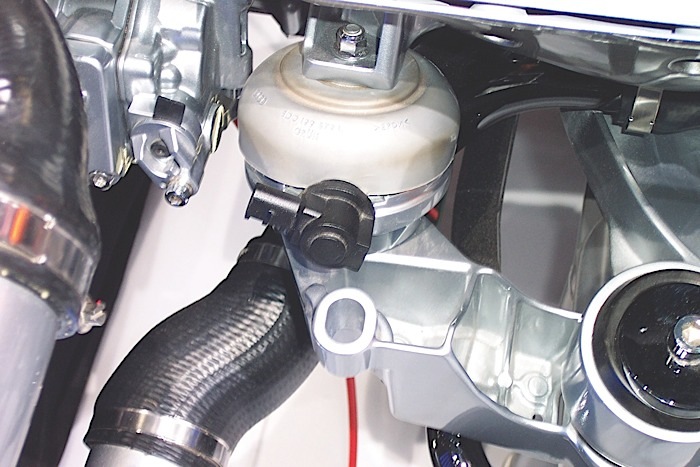
The First Motor Mounts: 1932 Dodge Floating Power
It’s hard to imagine that most vehicles before WWII had only basic motor mounts that just held the engine and transmission to the frame. With the powerful engineering resources of Chrysler at its disposal, Dodge was able to offer numerous technical innovations on new models in 1932, including Floating Power, an engine mounting system that
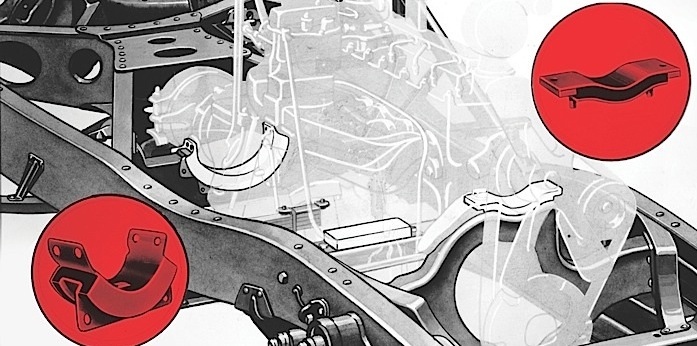
Bad Engine Mounts: More Than Just a Bad Ride
Over time and use, hydraulic engine mounts can start to fail and “pancake.” This can directly affect the height and position of the engine, which not only leads to a deteriorating ride, but also has the potential to damage other components such as the cooling fan and shroud.
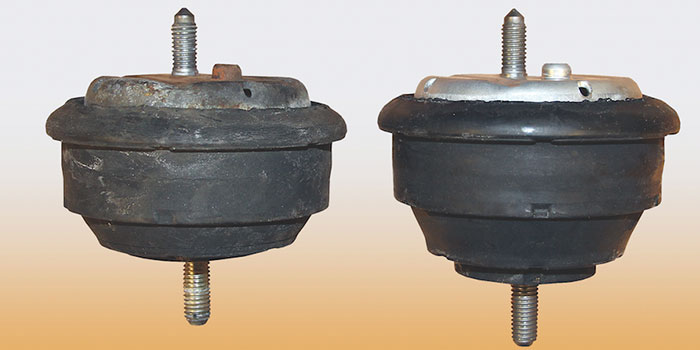
Diagnosing And Servicing Active Motor Mounts
For many years, auto makers relied on solid rubber motor mounts to support the engine. The natural flexibility in rubber allows the mounts to absorb vibration. However, if the rubber is too compliant, the engine may experience excessive motion under load that could stress and crack exhaust pipes and connections. And with such tight clearances under the hood, there’s a risk of something rubbing against something else and causing additional noise or problems. So the rubber in the mounts has to be relatively stiff to limit compliance so the engine does not rock excessively when it is under load.
Tech Feature: Active Motor and Trans Mounts
Motor mounts serve an important function: They support the weight of the engine and transaxle (or transmission), and also isolate engine vibration from the rest of the chassis. With so much emphasis on controlling noise, vibration and harshness in late model luxury vehicles, it was inevitable that sooner or later motor mounts would go electronic.
Giving Off Bad Vibes: Motor Mount Replacement Tips
Most motor mounts are relatively simple in design and consist only of metal attachment plates and large rubber insulator blocks. But, some vehicles have “hydraulic” or “hydro-mounts” with hollow chambers filled with glycol or hydraulic fluid.
Tech Tip: Motor Mount Inspection Guidelines
Most motor mounts are relatively simple in design and consist only of metal attachment plates and large rubber insulator blocks. But some vehicles have “hydraulic” or “hydro-mounts” with hollow chambers filled with glycol or hydraulic fluid.
